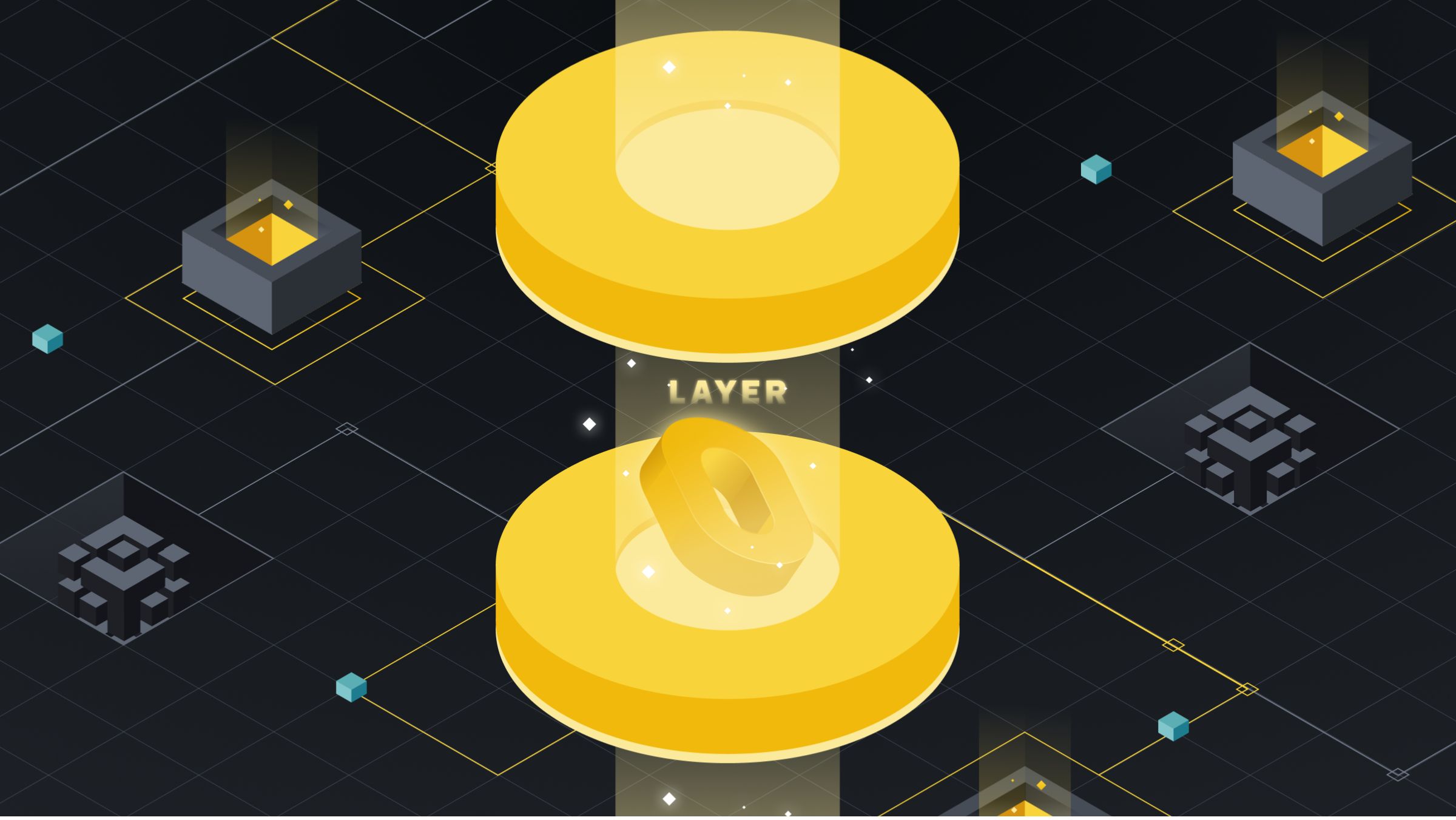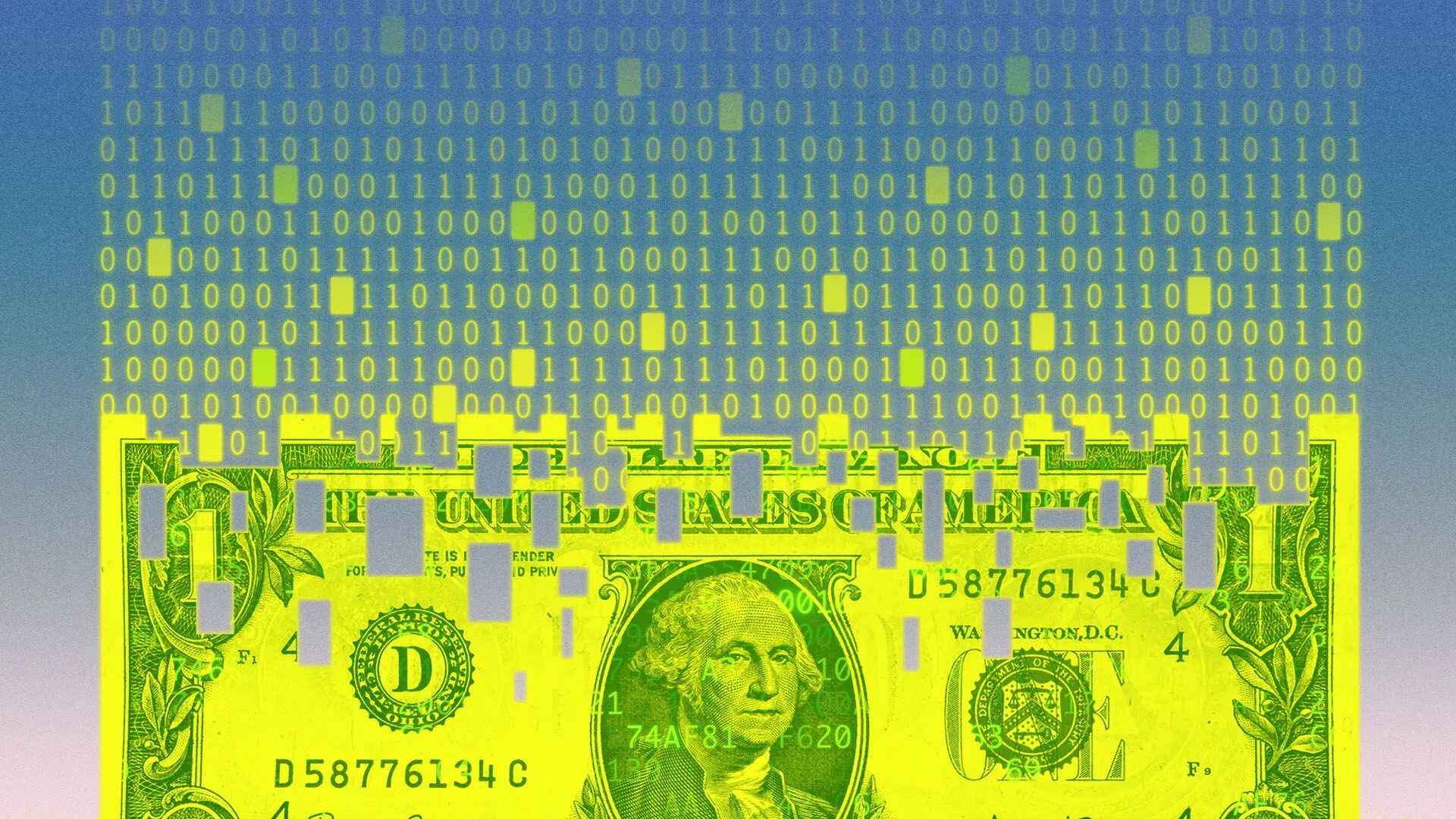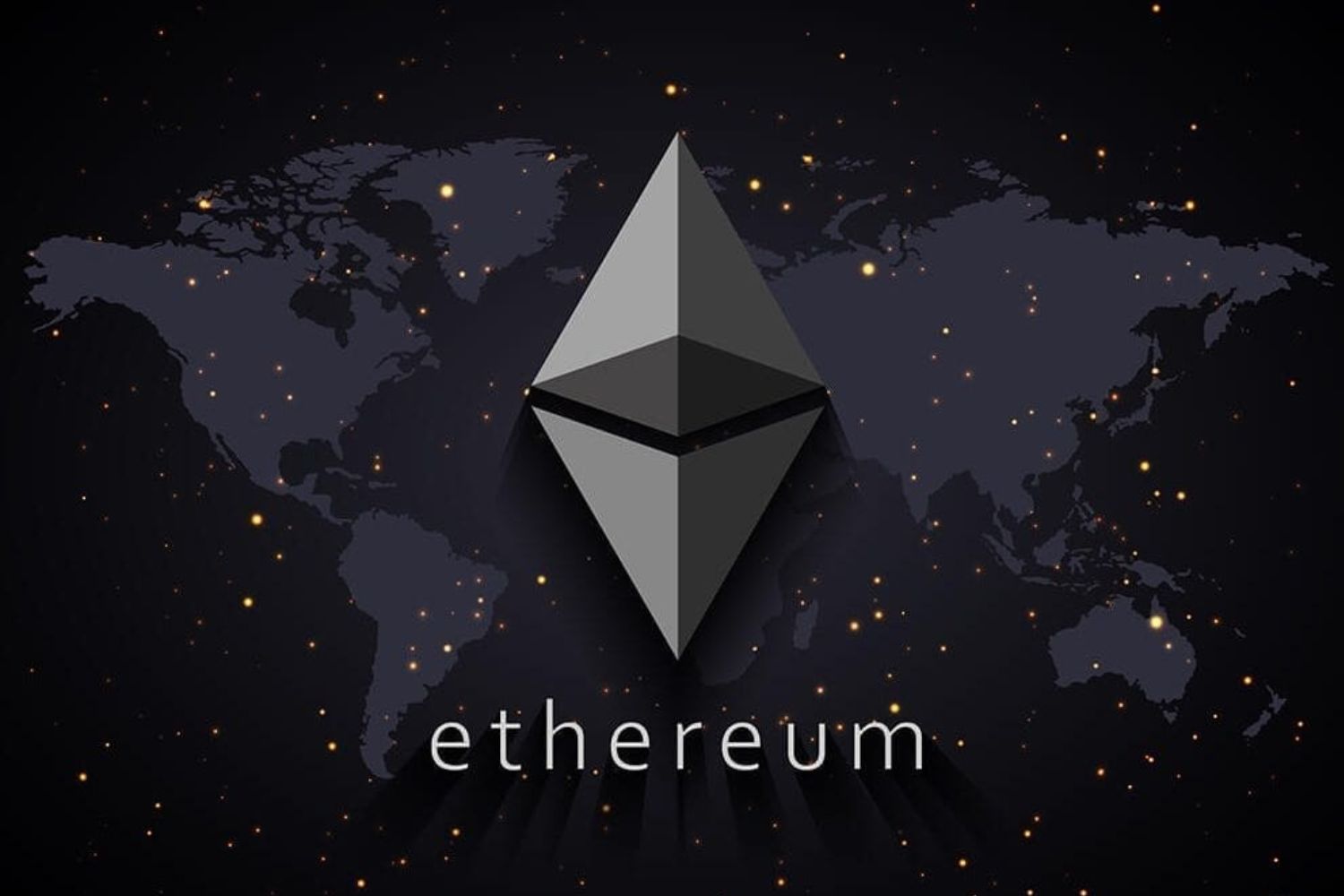Introduction
The concept of blockchain technology has revolutionized various industries, offering an immutable and transparent method of storing and transferring data. However, as with any technology, it comes with its own set of challenges. One of the most prominent challenges is known as the “Blockchain Trilemma.” This trilemma refers to the difficulty of achieving a balance between three fundamental aspects of blockchain: security, scalability, and decentralization.
Blockchain technology was first introduced in 2008 through the now-famous whitepaper by Satoshi Nakamoto, the anonymous creator of Bitcoin. It provided a decentralized and secure method for verifying and recording transactions without the need for intermediaries like banks. However, while blockchain brought about a paradigm shift in finance and beyond, it also posed a unique challenge.
The Blockchain Trilemma states that it is incredibly difficult, if not impossible, to achieve all three essential components within a blockchain system: security, scalability, and decentralization. In other words, when one aspect is prioritized, the other two may be compromised.
On one hand, security is vital to protect against fraud, hacking, and unauthorized access. Each transaction recorded on the blockchain must be verified and validated by a network of nodes through complex mathematical algorithms. This provides an inherent layer of security, making it extremely challenging for malicious actors to manipulate the data.
On the other hand, scalability refers to the ability of a blockchain network to handle a high volume of transactions simultaneously. As blockchain networks grow, the capacity to process transactions quickly becomes crucial to maintaining efficiency and user satisfaction. However, achieving scalability can be challenging due to the computational power required and the need for consensus among the network participants.
Lastly, decentralization is one of the core principles of blockchain technology. It ensures that no single entity or group has control over the network, making it resilient to censorship and single points of failure. Decentralization allows for transparency and trust in the system, as decisions are made collectively by the network participants. However, maintaining a truly decentralized network can be difficult as the number of participants increases.
Addressing the Blockchain Trilemma requires finding the right balance between these three critical components. Striking a balance ensures that the blockchain system remains secure, scalable, and decentralized, providing a robust foundation for various applications.
In the following sections, we will delve deeper into each component of the Blockchain Trilemma and explore potential solutions to achieve a harmonious balance within blockchain networks.
What is the Blockchain Trilemma?
The Blockchain Trilemma refers to the inherent challenge of achieving a balance between three fundamental aspects of blockchain technology: security, scalability, and decentralization. Each of these aspects is crucial for the successful operation of a blockchain network, but they often compete with each other, making it difficult to optimize all three simultaneously.
Security is paramount in any blockchain system. The decentralized nature of blockchain technology has enabled it to become highly secure, as transactions are verified and recorded in a transparent and immutable manner. This provides a strong defense against fraud, hacking, and unauthorized access. However, implementing robust security measures often requires computational resources and can impact the scalability and decentralization of the network.
Scalability refers to the ability of a blockchain network to handle a high volume of transactions quickly and efficiently. As more users join the network and the demand for transactions increases, scalability becomes crucial to maintaining a smooth user experience. However, achieving high scalability can be challenging due to the consensus mechanisms and the need for all network participants to agree on the validity of each transaction. Increasing the network’s capacity to handle more transactions can also increase the risk of centralization, as only a few nodes may have the resources to process them.
Decentralization is a key principle of blockchain technology, ensuring that no single entity or group has control over the network. It fosters transparency, trust, and resilience by distributing decision-making power among network participants. However, maintaining a truly decentralized network can be a challenge, especially as the network grows larger. The need for consensus, the computational power required, and the distribution of resources among participants can all become obstacles to achieving full decentralization.
Addressing the Blockchain Trilemma is crucial for the widespread adoption and success of blockchain technology. Striking the right balance between security, scalability, and decentralization is essential to ensure that blockchain networks remain robust, efficient, and trustworthy.
In the following sections, we will explore potential solutions to the Blockchain Trilemma and examine how various projects and technologies are addressing these challenges. By finding innovative solutions, the blockchain community strives to create a new era of secure, scalable, and decentralized applications and systems.
Security
Security is a critical component of blockchain technology, ensuring the integrity and trustworthiness of the data stored on the blockchain. Blockchain achieves security through its decentralized and transparent nature, making it resistant to tampering, fraud, and unauthorized access.
One of the primary security features of blockchain is its consensus mechanism. In a decentralized blockchain network, transactions undergo a validation process where multiple nodes verify the transaction’s authenticity before adding it to the blockchain. This consensus mechanism ensures that every transaction is validated and agreed upon by the majority of network participants, making it extremely difficult for malicious actors to manipulate the data.
Another security feature is the immutability of the blockchain. Once a transaction is added to the blockchain, it becomes nearly impossible to alter or delete. Each block is linked to the previous one, forming a chain of blocks, and any attempt to modify a previously recorded transaction would require tremendous computational power and coordination among the network’s majority.
Cryptography also plays a vital role in ensuring the security of blockchain systems. Transactions and data stored on the blockchain are encrypted using complex mathematical algorithms, making it incredibly challenging for hackers to decipher and modify the information. Private and public key pairs provide secure access to the blockchain, allowing participants to sign and authenticate transactions.
While blockchain technology offers robust security, it is not completely immune to vulnerabilities. One potential weakness is the 51% attack, where a single entity or group controls more than half of the network’s computational power. This could allow them to manipulate transaction confirmations, reverse transactions, or double-spend coins. However, as blockchain networks grow larger and more decentralized, the likelihood of a successful 51% attack decreases significantly.
Blockchain developers and security experts continuously work on improving the security measures implemented within blockchain networks. Implementing advanced cryptographic techniques, conducting network audits, and utilizing consensus mechanisms that prevent centralization are some of the strategies employed to enhance security.
Overall, security is a crucial aspect of blockchain technology that enables trust and confidence in decentralized systems. By leveraging consensus mechanisms, immutability, and cryptography, blockchain networks strive to provide a secure and tamper-proof environment for storing and transferring data.
Scalability
Scalability is a key challenge in blockchain technology, as it refers to the ability of a blockchain network to handle a high volume of transactions quickly and efficiently. As blockchain networks grow in popularity and usage, achieving scalability becomes crucial to meet the increasing demand and maintain a smooth user experience.
One bottleneck to scalability lies in the consensus mechanism used by most blockchain networks, such as Proof of Work (PoW) or Proof of Stake (PoS). These mechanisms require all network participants to agree on the validity of each transaction, which can lead to delays as the number of transactions increases. PoW, for instance, requires miners to solve complex mathematical problems to validate a block, which consumes significant computational resources and time.
To address this issue, various solutions have been proposed. One approach is the implementation of off-chain or layer-2 solutions, which handle transactions outside of the main blockchain. These solutions take advantage of the security of the main blockchain while reducing the number of transactions that need to be recorded on-chain. Examples of layer-2 solutions include the Lightning Network for Bitcoin and the Raiden Network for Ethereum.
Another strategy for scalability is the use of sharding, which involves dividing the blockchain into multiple smaller parts, called shards, each capable of processing its transactions. This allows for parallel processing of transactions, increasing the network’s capacity and throughput. Ethereum 2.0 is a highly anticipated upgrade that aims to implement sharding, improving the scalability of the Ethereum network.
Furthermore, advancements in blockchain technology have led to the development of alternative consensus mechanisms that offer improved scalability. For example, Directed Acyclic Graph (DAG) or Tangle-based architectures used by cryptocurrencies like IOTA and Nano allow for a high number of concurrent transactions without the need for traditional blocks or mining.
Layer-1 scalability solutions, such as blockchain platforms designed specifically for high throughput, have also emerged. These platforms focus on optimizing the underlying blockchain protocol to handle a larger volume of transactions. Examples include EOS, which utilizes a delegated proof-of-stake (DPoS) consensus mechanism, and Zilliqa, which uses sharding.
Scalability still remains a significant technological challenge in the blockchain space, and different projects are exploring diverse scaling solutions. Some aim to improve the performance of existing blockchain networks, while others are developing new consensus mechanisms or layer-2 protocols. Striking a balance between scalability and decentralization while maintaining security is crucial to the success and adoption of blockchain technology.
Decentralization
Decentralization is a fundamental principle of blockchain technology, ensuring that no single entity or group has centralized control over the network. It establishes a trustless environment where transactions and data are validated and agreed upon through a distributed consensus mechanism, without the need for intermediaries or central authorities.
In a decentralized blockchain network, the decision-making power is distributed among network participants, often referred to as nodes or validators. These participants collectively validate and verify transactions, ensuring the accuracy and integrity of the blockchain. Decentralization provides transparency and reduces the risk of censorship, as no single entity can dictate or manipulate the data stored on the blockchain.
One key advantage of decentralization is the resiliency it offers. Unlike centralized systems that are vulnerable to single points of failure, a decentralized network is more robust and resistant to attacks. Even if a subset of nodes fails or becomes compromised, the network can continue to function with the remaining active participants.
However, achieving and maintaining true decentralization can be challenging as blockchain networks grow larger and more complex. As the number of participants increases, it becomes harder to ensure equal distribution of power and resources among nodes. Some nodes may possess more computational power or control over the network, leading to potential centralization risks.
Furthermore, the scalability of a blockchain network can also impact its level of decentralization. Increasing the network’s capacity to handle more transactions can require significant computational resources, potentially limiting participation to only those with the necessary resources. This can result in a more centralized system, where a few entities control a majority of the network’s computational power.
Despite the challenges, several projects are dedicated to maintaining and enhancing decentralized blockchain networks. Mechanisms like Proof of Stake (PoS) reward participants with more significant stake in the network, providing them with a higher chance of being selected as validators. This fosters a level of decentralization in the consensus process. Other projects focus on implementing governance models that enable democratic decision-making among network participants.
Interoperability between different blockchain networks also plays a role in decentralization. By allowing seamless communication between disparate blockchain platforms, the power and influence are distributed across multiple networks, preventing monopolistic control over the entire ecosystem.
Decentralization remains a core principle of blockchain technology, enabling trust, transparency, and resilience. While achieving complete decentralization can be challenging, the ongoing efforts of the blockchain community aim to strike the right balance between decentralization, security, and scalability, providing a solid foundation for the future of decentralized applications and systems.
Finding the Right Balance
One of the most significant challenges in blockchain technology is finding the right balance between security, scalability, and decentralization. As we explored in the previous sections, these three aspects are often interconnected and can compete with each other. Optimizing one aspect may have implications for the others, making it crucial to strike the right balance.
The ideal balance between security, scalability, and decentralization can vary depending on the specific use case or application of blockchain technology. For example, in a financial system, security and decentralization may be of utmost importance to prevent fraud and ensure trust, while scalability is secondary. On the other hand, a blockchain-based supply chain solution may prioritize scalability and decentralization to handle a large volume of transactions from diverse participants.
Finding the right balance often requires careful consideration and trade-offs. Solutions that prioritize one aspect may need to compromise on others. For example, implementing layer-2 solutions or off-chain transactions can improve scalability but may sacrifice a degree of decentralization. Similarly, increasing the size of blocks in a blockchain can enhance scalability but may compromise decentralization and security.
Moreover, the optimal balance between these aspects can evolve over time as technology advances and new approaches are developed. It is essential to continuously evaluate and adapt blockchain systems to meet the evolving needs of users and the challenges they face.
The blockchain community is actively exploring various approaches and solutions to strike the right balance. This includes researching new consensus mechanisms, implementing innovative scaling solutions, and experimenting with governance models for decentralized decision-making.
Evaluating performance metrics, such as throughput, latency, and consensus time, can also help in determining the optimal trade-offs. Additionally, involving stakeholders from different sectors and backgrounds can ensure a more comprehensive perspective in the decision-making process.
Open dialogue and collaboration among blockchain developers, researchers, users, and regulators are crucial to find the right balance. By sharing knowledge, ideas, and experiences, the blockchain community can collectively navigate the challenges of the Blockchain Trilemma and drive the technology forward.
Ultimately, finding the right balance between security, scalability, and decentralization is essential for the successful implementation and widespread adoption of blockchain technology. It requires continuous innovation, collaboration, and a deep understanding of the unique requirements and trade-offs in each specific use case.
Solutions to the Trilemma
Addressing the Blockchain Trilemma, which involves finding a balance between security, scalability, and decentralization, is a complex task. However, the blockchain community has been actively exploring various solutions and approaches to tackle this challenge.
One approach is the development and implementation of improved consensus mechanisms. Traditional Proof of Work (PoW) mechanisms, while secure, can be resource-intensive and limit scalability. Proof of Stake (PoS) and other consensus mechanisms aim to achieve both security and scalability by utilizing stakeholder participation rather than computational power.
Layer-2 solutions, also known as off-chain scaling solutions, provide another avenue for addressing the Trilemma. These solutions handle transactions off the main blockchain, reducing the burden on the network and improving scalability. Examples include the Lightning Network for Bitcoin and state channels for Ethereum.
Sharding, the process of partitioning a blockchain network into smaller shards that can process transactions independently, offers a path to scalability without sacrificing security. By distributing the workload across multiple shards, sharding facilitates parallel processing of transactions, increasing the network’s capacity and throughput.
Interoperability between different blockchain networks is another solution to the Trilemma. Through technologies like atomic swaps, cross-chain bridges, and interoperability protocols, these networks can communicate and share data seamlessly. This allows for the creation of a more interconnected and scalable ecosystem, as transactions can be processed across different chains.
In addition, advancements in blockchain research have led to the exploration of alternative architectures and consensus mechanisms. Directed Acyclic Graph (DAG) structures, used by cryptocurrencies like IOTA and Nano, aim to achieve scalability and decentralization by removing traditional blocks and relying on a web of interconnected transactions.
Governance models within blockchain networks are also being developed to address the Trilemma. These models allow stakeholders to participate in the decision-making process, ensuring that the network’s development and evolution align with the needs and goals of its user base. By involving all participants in the decision-making process, these models strive to strike a balance between security, scalability, and decentralization.
It is important to note that there is no one-size-fits-all solution to the Blockchain Trilemma. Each blockchain project must carefully assess its specific requirements and the trade-offs it is willing to make. Striking the right balance involves thorough research, experimentation, and continuous improvement of existing solutions.
By combining these various solutions, the blockchain community aims to achieve a harmonious balance between security, scalability, and decentralization. Through collaboration, innovation, and ongoing development, the technology continues to evolve, becoming more scalable, secure, and suited for real-world applications.
Conclusion
The Blockchain Trilemma presents a significant challenge in the development and implementation of blockchain technology. Striking the right balance between security, scalability, and decentralization is crucial for the success and widespread adoption of blockchain networks.
Security plays a vital role in ensuring the integrity of blockchain systems, with consensus mechanisms and cryptography providing a strong defense against fraud and unauthorized access. Scalability, on the other hand, focuses on the ability of blockchain networks to handle a high volume of transactions quickly and efficiently. Achieving scalability involves exploring various solutions, such as layer-2 solutions, sharding, and alternative consensus mechanisms.
Decentralization, a core principle of blockchain technology, removes the need for intermediaries and ensures transparency and resilience. However, maintaining decentralization as the network grows larger can be challenging, and finding the optimal balance is crucial to prevent centralization and maintain trust among participants.
Solutions to the Blockchain Trilemma involve a combination of improved consensus mechanisms, layer-2 solutions, sharding, interoperability, alternative architectures, and governance models. These solutions aim to enhance security, scalability, and decentralization while accommodating the unique requirements of different blockchain projects.
The blockchain community continues to innovate, collaborate, and explore new approaches to address the challenges posed by the Trilemma. By sharing knowledge, conducting research, and learning from real-world deployments, the technology strives to overcome the limitations and push the boundaries of what is possible.
As blockchain networks evolve, it is important to consider the specific requirements of each use case and the trade-offs that need to be made. Striking the right balance requires careful evaluation, experimentation, and continuous improvement.
In conclusion, while the Blockchain Trilemma presents a formidable challenge, the blockchain community is actively working towards solutions that optimize security, scalability, and decentralization. Through ongoing collaboration and innovation, blockchain technology is poised to transform industries and revolutionize the way we interact, transact, and trust in the digital age.

























